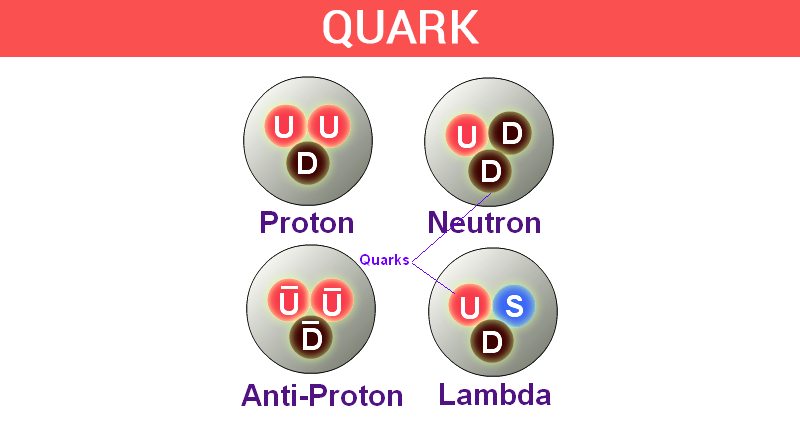NEW CANCER THERAPY- BASE EDITING
Why in News? :
Recently, scientists in the United Kingdom (UK) have successfully tested a new form of cancer therapy, ‘Base Editing’ for the time in a patient with T-cell Acute Lymphoblastic Leukemia (T-ALL).
What is Base Editing? :
Bases are the language of life. Just as letters in the alphabet spell out words that carry meaning, the billions of bases in our Deoxyribonucleic Acid (DNA) spell out the instruction manual for our body.
A mis-arrangement in the sequence of bases may cause cancer.
Using the technique of base editing, the molecular structure of just one base in a genetic code can be altered, effectively changing its genetic instructions.
Genetic code refers to the instructions contained in a gene that tell a cell how to make a specific protein.
Each genetic code uses the four nucleotide bases of DNA:
Adenine (A), Cytosine (C), Guanine (G) and Thymine (T) — in various ways to spell out three-letter “codons” that specify which amino acid is needed at each position within a protein.
Clustered Regularly Interspaced Short Palindromic Repeats (CRISPR) technology is one of the most popular approaches that allows the genes to be altered, thereby, fixing the errors.
This method has been further improvised to be able to directly change certain bases such as a C can be changed into a G and T into an A.
What is CRISPR Technology?
CRISPR is a gene editing technology, by which research scientists selectively modify the DNA of living organisms using a special protein called Cas9.
CRISPR/Cas9 edits genes by precisely cutting DNA and then letting natural DNA repair processes to take over. The system consists of two parts: the Cas9 enzyme and a guide Ribonucleic Acid (RNA).
Cas9: a CRISPR-associated (Cas) endonuclease, or enzyme, that acts as “molecular scissors” to cut DNA at a location specified by a guide RNA.
Guide RNA (gRNA): a type of RNA molecule that binds to Cas9 and specifies, based on the sequence of the gRNA, the location at which Cas9 will cut DNA.
CRISPR-Cas9 technology is often described as ‘Genetic Scissors’.
Its mechanism is often compared to the ‘cut-copy-paste’, or ‘find-replace’ functionalities in common computer programmes.
A bad stretch in the DNA sequence, which is the cause of disease or disorder, is located, cut, and removed and then replaced with a ‘correct’ sequence.
The technology replicates a natural defence mechanism in some bacteria that uses a similar method to protect itself from virus attacks.
Share:




.jpg)
.jpg)
.jpg)
.jpg)
.jpg)





